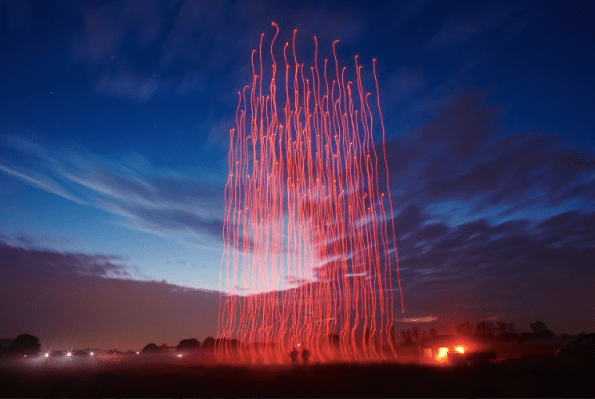As regulations governing the commercial use of small drones in the U.S. went into effect this week,companies immediately began obtaining exemptions from the U.S. Federal Aviation Administration to these rules.
Among others, CNN has obtained the right to fly a tethered drone over people for news gathering purposes; PrecisionHawk obtained an exemption to fly its agricultural drones “beyond the line of sight,” or where operators can’t see them with the naked eye; and BNSF Railroad has obtained the right to fly over people and beyond the line of sight to monitor its operations on the ground, according to a press statement from the FAA’s Michael Huerta.
One interesting exemption from FAA’s Part 107, or Small UAS Rule, went to Intel. According to a company spokesperson, the waiver enables the company to fly at night, and put one pilot in charge of multiple drones.
Intel claims the waiver that allows a single operator to control a big fleet of drones is the only one of its kind issued so far — though certainly more exemptions are in the works.
“This was granted because Intel has taken steps to reduce risk associated with its drone flights and proven itself through prior flight testing, technology, operational history and flight experience,” the company representative said.
One upshot of Intel’s Part 107 exemption is that old-fashioned fireworks could be replaced, especially over drought-stricken and fire-prone areas, by fleets of drones carrying colored lights in formation across the sky.
Intel has already demonstrated its fleets of drones performing in concert in a test in Palm Springs earlier this year. Here’s a video of the “Intel Drone 100.”
So long, pyros. Nice knowing you.
